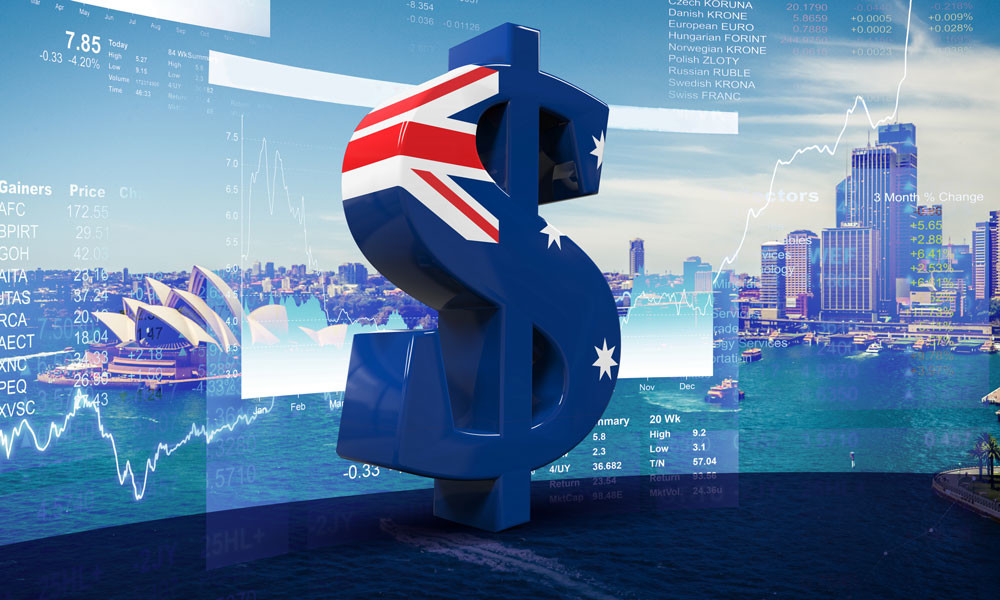Australia has a robust trading culture, and a well-recognised regulatory climate. The currency markets are very popular and it’s reported that the daily volume at Australia’s top currency brokers is larger than the cash volume of the Australian stocks.
There are three trading time zones, the Asia-Pacific, Europe and USA. Australia lies in the Asia-Pacific zone, the first to begin the forex and commodity trading day. Trading volume is relatively thin until Japanese traders join the fray a couple of hours later. Europe is the largest trading volume within the foreign exchange market.

Australia is a natural resources juggernaut, rich in oil and coal, base and precious metals, along with grains. The physical trading of these products in the global market arena has led to a robust derivate market which is actively traded by retail and institutional investors. Many exploration and production companies are publically traded, making the Australian equities liquid places to generate risk.
Additionally, many commodity products are priced in dollars, Euros and Yen. This natural base promotes a liquid currency trading environment. The physical nature of an active Australian export market has buoyed both the spot and forward currency market.
Furthermore, China is one of Australia’s largest trading partners. The world’s second largest economy imports huge quantities of natural resources into its borders. China’s influence as a consumer provides a natural trading partner for investors in the currency market. Demand for resources will likely provide an underlying base for the currency.
Despite having a robust framework, the country is not immune to the free market nature of its capital markets. Currency brokers in Australia have facilitated access to their trading platforms, making currency trading a relatively common endeavor. The industry is regulated but access to leverage became a point of contention after many retail investors suffered enormous loses when the Swiss National Bank announced in January 2015 that it would no longer support its currency peg against the Euro. The value of the Swiss Franc soared on the news, gapping 30% initially.













Leave A Comment